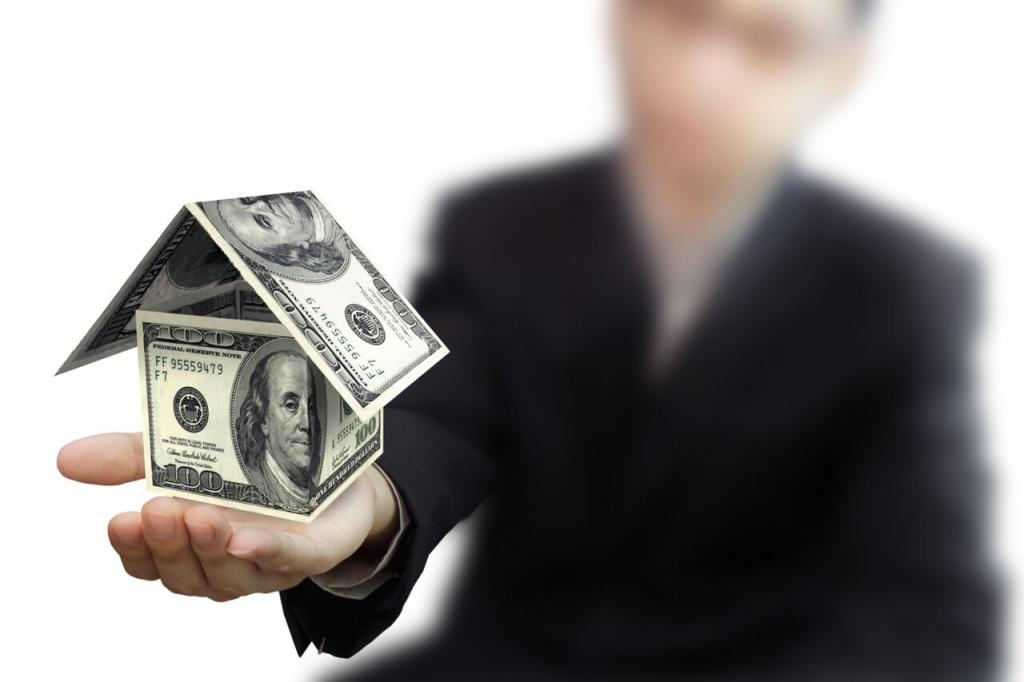Many people at the time of purchasing an apartment often pay attention to the housing offered by developers before the completion of construction. In this case, participation in shared construction takes place, for which it is necessary to draw up a DDU (shared participation agreement). Due to this, it is possible to purchase apartments at reduced prices. But you have to wait until the end of construction. There are also high risks that the developer will run out of funds or there will be other obstacles to completing the process of building a house. Therefore, all citizens should know how to deal with certain problems. In case of bankruptcy of the developer in case of shared construction, what should the interest holders do? There are several options for doing this.

Legislative regulation
Back in 2004, special law Federal Law No. 214 was adopted, on the basis of which effective protection is provided for all citizens who invested in the construction of an apartment building. It indicates the guarantee of a refund if the developer filed for bankruptcy or was completely liquidated. However, the refund process has some features.
The bankruptcy law of the developer Federal Law No. 210 for 2011 indicates that all equity holders are protected by law. Therefore, some part of the money deposited or the entire amount must be returned to them. Refunds can be presented not only in cash, but are often offered in kind. Under certain circumstances, a deceived equity holder may qualify for a full-fledged apartment suitable for living. It is equipped with the forces of a citizen, and at the same time there are no restrictions for him to use, own or dispose of this property.
If the developer goes bankrupt with shared construction, what should I do if the house was practically completed? In such a situation, it is advisable for equity holders to demand recognition of their right to apartments in new housing, and not fight in court for a refund. This is due to the fact that usually companies declare themselves bankrupt only in situations where they simply do not have the funds for further functioning.
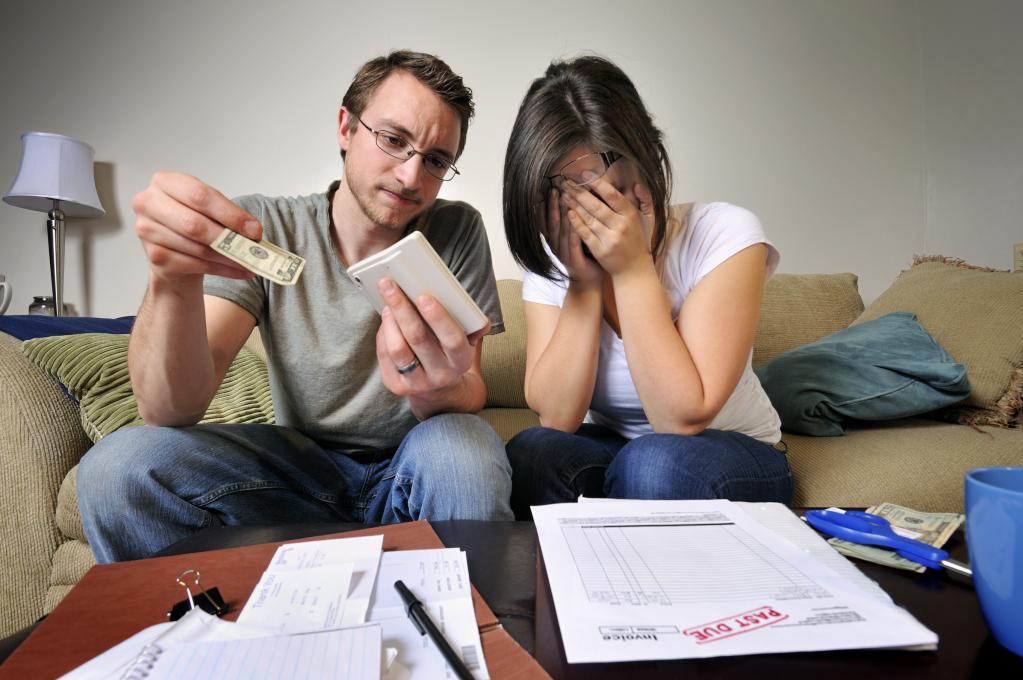
Signs of bankruptcy of the developer
Interest holders themselves can determine the likelihood of bankruptcy of the company in which the money was invested for the construction of a residential building. The main features of this state of the company include the following:
- the organization ceases to repay its loans and pay bills;
- Mandatory payments to different funds, which may be budgetary or extra-budgetary, are not made;
- the company's profit is significantly reduced, therefore, the likelihood that the invested money will not be returned to equity holders increases;
- the liquidity of property owned by the developer decreases.
Not always the above signs necessarily lead to bankruptcy, as organizations have the ability to improve their financial situation.
Reasons for Bankruptcy
The bankruptcy of a builder in case of shared construction is usually caused by really significant circumstances. These include the following:
- the cost of materials needed to build a house increases, and at the same time the company has a strictly limited budget formed from the contributions of equity holders, so often there is simply no way to continue construction work;
- the price of contracting services rises;
- increase in exchange rates, which is the reason that the market prices for materials, the cost of work and the apartments themselves change significantly;
- the occurrence of force majeure circumstances, which include weather conditions or the influence of an inevitable human factor.
All of the above situations lead to the fact that the deadlines are significantly disrupted, during which the developer must pass the house. This becomes the reason that equity holders try to recover a penalty, which leads to an increase in the load on the company. Often this is the basis for declaring a developer bankrupt.
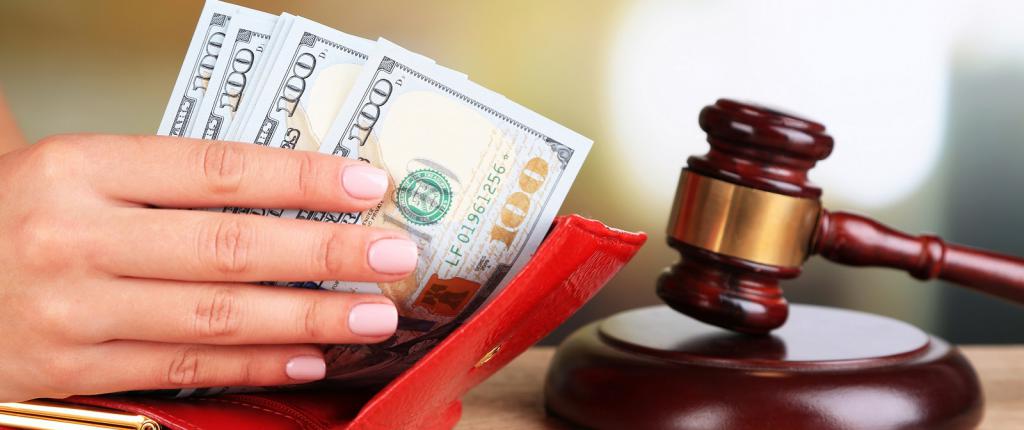
The concept of the registry of claims of creditors
What to do in case of bankruptcy of the developer All investors are notified of the beginning of the procedure in advance, which gives them the opportunity to submit an application for making creditors' claims in the appropriate register. All creditors on this list receive a refund from the sale of the debtor's assets.
The register indicates not only all firms and individuals who must receive their funds back, but also the sequence of debt repayment.
Each lender must independently ensure that his data is contained in this register, otherwise there is a high probability that he will not be able to receive even a partial refund.
How are lenders listed?
In case of bankruptcy of the developer, what should the interest holder do? Initially, care must be taken to ensure that it is entered in this registry, which increases its chances that it will receive a full or partial refund. To do this, the following actions are performed:
- initially a statement is drawn up on the need to include a citizen in this list;
- documents confirming his right to compensation are attached to him, and it should be clearly indicated in them how much was paid by a person under DDU;
- all papers are sent to the arbitration court, after which the applicant will be entered in the register.
The application must contain information about the name of the company, which is the developer, about the address of the apartment building, in the construction of which the applicant’s funds were invested, as well as the data on the citizen himself.
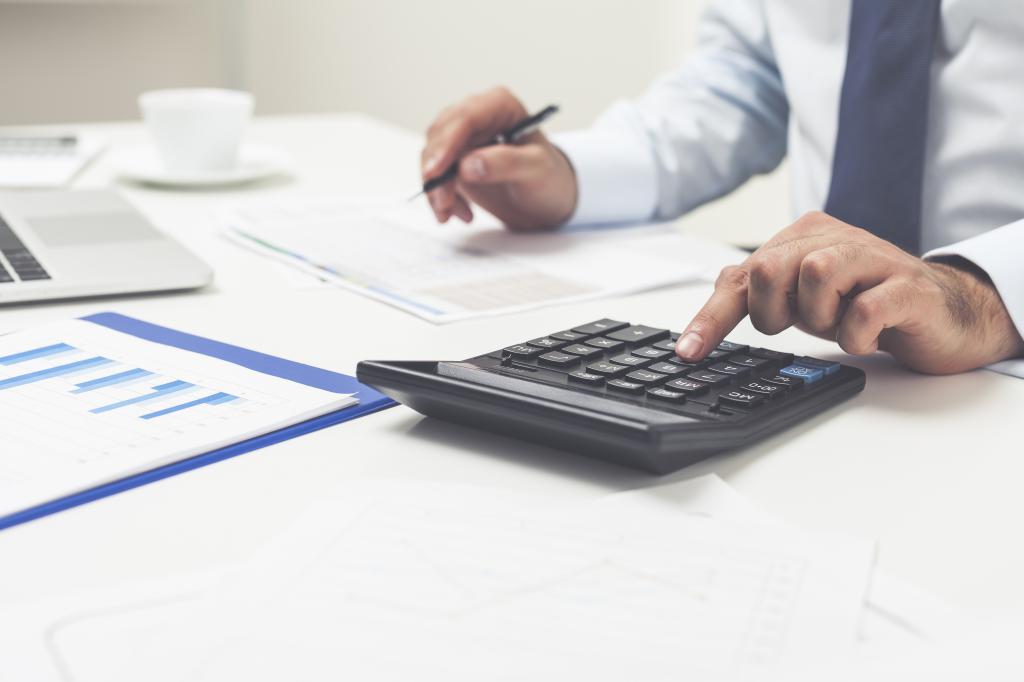
When is the application filed?
There is a limited period during which the lender can present claims to the developer. Therefore, you must file an application with other documents with the court within 30 days after information about the bankruptcy of the company is published in the media.
If you do not meet this deadline, then debts will be paid off last. After all, the requirements of creditors in the register are initially satisfied. Often, people who miss a deadline are left without any compensation at all.
What can interest holders count on?
The closure of any company is necessarily accompanied by the sending of appropriate notifications to all creditors, and a similar process is carried out within 5 days after the decision is made.
The text of such a notice contains information that the shareholder may submit a request for the return of the deposited amount with interest. The following actions completely depend on at what stage of the construction of the house the bankruptcy procedure of the builder was started:
- if the house was completed, it is advisable to share holders an application to the arbitration court, which indicates the need for registration of ownership of the apartment;
- if the building has not been erected, then bankruptcy proceedings are opened, therefore, equity holders can rely solely on the return of funds, and there are no clear timelines regarding the fulfillment of this obligation by the developer.
Initially, the company repays liabilities to citizens who have suffered physical damage. Next, salaries and other payments are paid to employees of the construction company. Only then, in accordance with the order in the register, are the claims of interest holders repaid.
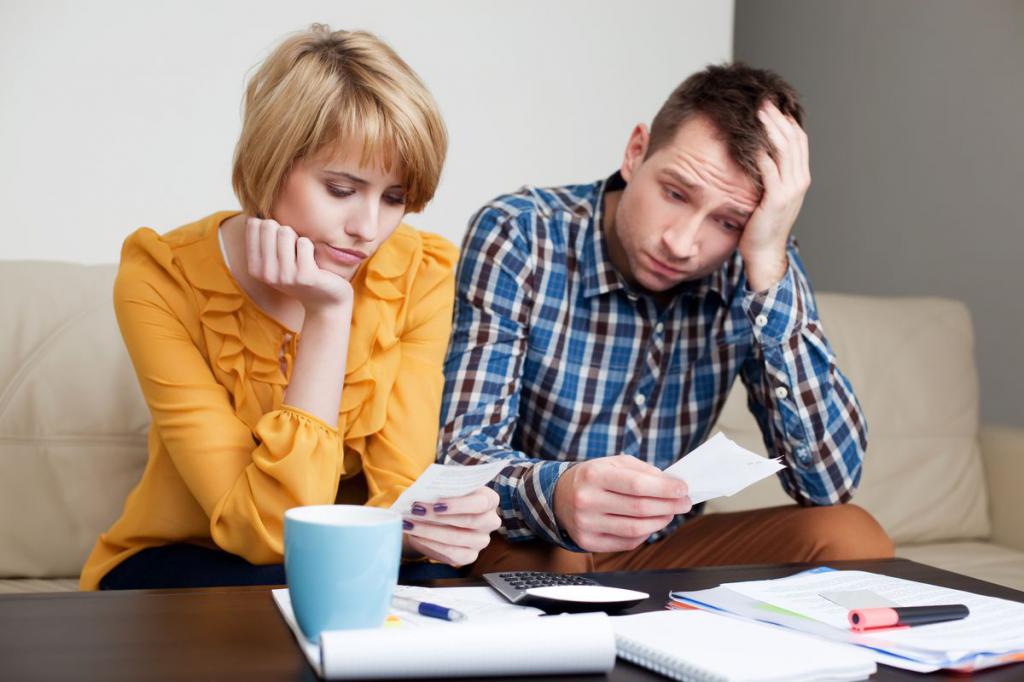
Citizens can count not only on the return of invested money, but also on interest and forfeits. Some people even demand compensation for non-pecuniary damage. But the developer does not always have the necessary assets and opportunities to satisfy all of the above requirements.
Also, the Federal Law No. 214 contains information that compulsory insurance is issued for each shareholder, which protects citizens from possible losses arising from violation of the terms of the contract by the developer. But even insurance companies often do not cope with a huge number of demands from citizens.
What to do if borrowed funds are invested?
If the developer goes bankrupt with shared construction, what should the interest holders do if they invested borrowed money in the construction of an apartment building? In this situation, citizens are faced with the fact that they do not have their own housing, as well as a debt to the bank.
You should not stop paying credit funds, as this will lead to disastrous consequences for the borrower himself. Many people are sure that since there is no collateral apartment, the bank will make demands to the developer, but in fact, banking organizations work only with direct borrowers. Therefore, funds will be collected in various ways. Litigation may begin, so bailiffs may seize the debtor's accounts and property to repay the debt to the bank.
In such a situation, it is required to apply for reimbursement from the developer. At the same time, it is necessary to continue paying credit funds.

What can an interest holder require?
Interest-holders in case of bankruptcy of the developer may apply to the court to include them in the register of creditors and may require:
- full refund of money that was paid for the construction of an apartment building;
- obtaining ownership of the completed apartment;
- compensation for non-pecuniary damage resulting from the lack of a finished apartment by the date specified in the agreement;
- forfeit accrued in case of violation of the terms of the contract by the developer;
- interest on the use of money by a construction company.
It is necessary to draw up an application and prepare other papers for making a citizen in the register of creditors within 30 days after the start of the bankruptcy procedure.
What method of compensation is chosen?
If there is a completed house, then interest holders themselves choose the option of compensation. In case of bankruptcy of the developer, you can choose the following options:
- If the house is completed, it is advisable to require registration of ownership of real estate. This can be done even in the absence of decoration or the connection of some utilities. For this, an application is submitted to the arbitration court.
- Return of the invested amount with interest and penalties. This option is considered acceptable if the developer has many assets with high liquidity in order to be able to satisfy the requirements of all creditors.
The refund may take a long time, so many people prefer to get a finished apartment, even without decoration. This is especially true for citizens who have a loan for this purchase.

Other refund options
In case of bankruptcy of the developer in case of shared construction, what should shareholders do in addition to increase the probability of a refund? To do this, you can take advantage of the opportunities:
- if information appears about the possible bankruptcy of the builder, equity holders can create their own cooperative and finish building their own house;
- additional investors are attracted, and you can also contact government agencies to provide tax deferrals so that the construction company can get out of the crisis;
- change of the developer, which can be done upon transfer of the right to erect a house, but at the same time, a new construction company, on the basis of Federal Law No. 214, may request additional investments
- appeal to the insurance company, but this is done only after the creditor is entered in the register;
- the use of guarantors of the developer, which are usually founders or banks, namely these companies should compensate for damage to equity holders if the developer does not cope with its obligations;
- the use of money available in the compensation fund;
Below is a video that details the rights of equity holders.

Thus, the bankruptcy of the builder is an unpleasant moment for any shareholder. The process leads to difficulties in returning money or getting your apartment. Citizens must promptly take various measures so that they are included in the register of creditors' claims. You can use any convenient way to return the money.
